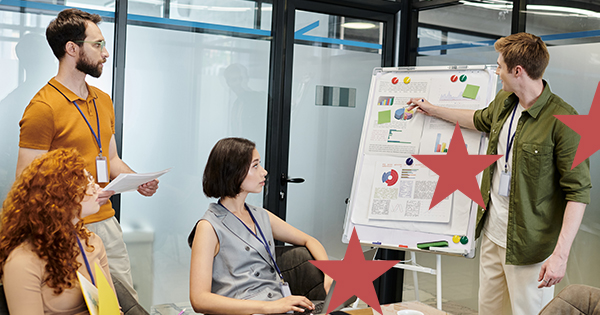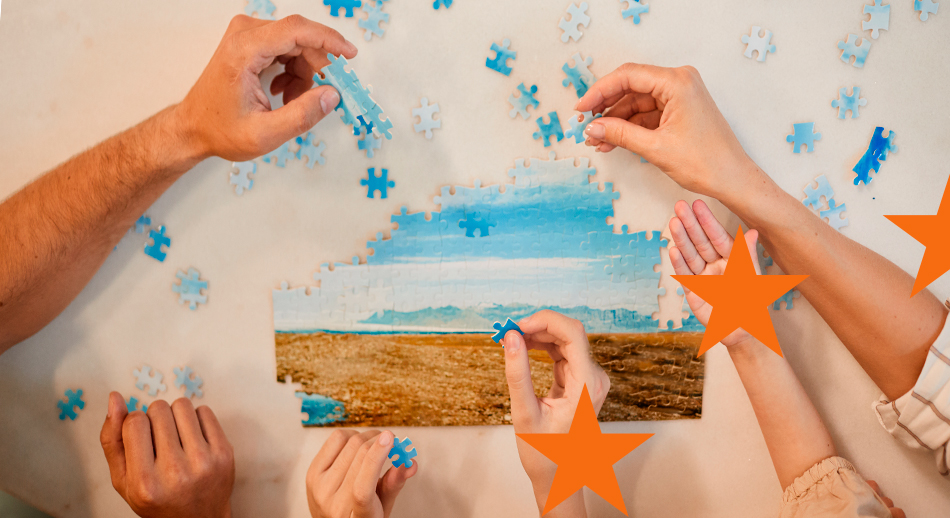European projects require continuous interaction between people, groups and organizations. Let’s find out how to make this interaction a success factor.
Partnership and collaboration in European projects
The construction of a European project is not an “autarkic” process, but a work that starts from a thorough analysis of the reference context and the actors operating in it.
European projects are in fact large “group works” that require continuous interaction between people, groups and organizations, both in conception and implementation.
This interaction allows for broadening the scope and quality of interventions, learning from each other and innovation, but it also represents an element of additional complexity that can generate stress and grounds for potential conflict.
A new, dedicated chapter of the Guide delves more deeply into the “social” dimension of projects, which can absorb a lot of energy (positive and negative) and is a crucial determinant of success (or failure) in European projects.
Let us discover together aspects and questions to consider in creating and managing a project partnership, forms of interaction, methods of analyzing the actors to be involved (directly or indirectly) on a project, and how to associate roles and responsibilities with them.




